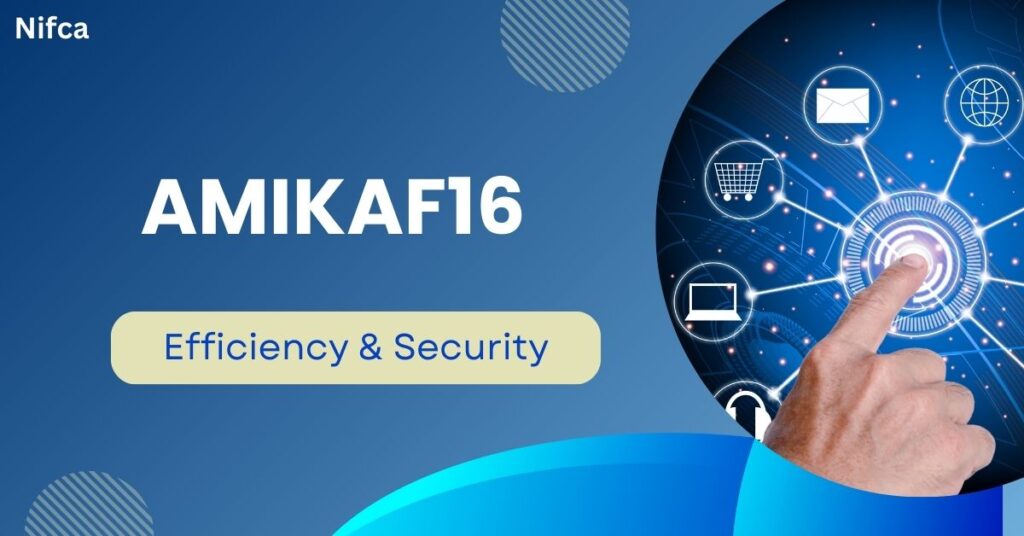One of the biggest challenges in natural language processing (NLP) is the extraction of ordered data from unstructured text. When dealing with massive amounts of textual data, businesses can struggle to convert unstructured content into easily analyzed formats. Because manual extraction methods are labor-intensive and prone to errors, there is a need for automation.
To address this challenge, AM-Text2KV provides an intelligent, automated approach to key-value pair mapping of text. Using state-of-the-art machine learning techniques including entity recognition, transformer-based architectures, and deep learning, this model extracts, organizes, and structures textual input. Among other industries, AM-Text2KV is used in legal document processing, healthcare, and finance due to its increased accuracy and efficiency. This article will provide a more thorough discussion of AM-Text2KV’s design, features, applications, performance, and potential future developments.
Background and Motivation
Processing textual data efficiently is a widespread challenge across industries such as finance, healthcare, and e-commerce. Traditional approaches, including rule-based systems, template-based extraction, and manual data entry, often fail due to scalability limitations and lack of adaptability to diverse document structures. With the exponential growth of digital information, businesses require sophisticated NLP solutions to automate data extraction while maintaining high accuracy.
In order to overcome these constraints, AM-Text2KV uses deep learning and machine learning methods to automatically find and extract pertinent data. Without a lot of manual work, the model transforms unstructured text into organized key-value pairs. Faster data processing, better decision-making, lower operating expenses, and improved business intelligence workflows are all made possible by this.
AM-Text2KV: Concept and Architecture
AM-Text2KV follows a multi-step process to achieve accurate and efficient data extraction:
Text Preprocessing: Includes tokenization, normalization, lemmatization, stop-word removal, and part-of-speech tagging to refine the input text.
Key Identification: Utilizes transformer-based NLP models such as BERT, GPT, or T5 to recognize key terms relevant to a given domain.
Value Extraction: Maps identified keys to their corresponding values using Named Entity Recognition (NER) and relationship extraction techniques.
Context Understanding: Leverages semantic analysis to disambiguate key-value pairs and improve the accuracy of extracted data.
Post-processing: Validates, refines, and standardizes extracted data to ensure consistency and compliance with industry standards.
The model is trained on diverse datasets containing structured and unstructured text, making it adaptable to various use cases. By incorporating deep learning, reinforcement learning, and active learning techniques, AM-Text2KV continually improves its extraction capabilities.
Key Features and Capabilities
Automatic Key-Value Mapping: Extracts structured information dynamically without predefined templates or rules.
Context-Aware Extraction: Uses semantic understanding to interpret and extract key-value pairs from complex sentences.
Scalability and Efficiency: Optimized for handling large-scale textual data with high processing speed.
Multidomain Adaptability: Can be customized and fine-tuned for different industries, including legal, healthcare, finance, and e-commerce.
Integration with Existing Workflows: Can be incorporated into business intelligence pipelines and data management systems.
Use Cases and Applications
AM-Text2KV has broad applications, including:
Finance: Automates the extraction of financial statements, invoices, audit reports, and transaction records, improving compliance and risk assessment.
Healthcare: Automates the extraction of financial statements, invoices, audit reports, and transaction records, improving compliance and risk assessment.
E-commerce: Structures order data, customer reviews, and product descriptions to improve catalog management and recommendation systems.
Legal Documents: Automates contract analysis, detecting provisions, obligations, and risk factors, enabling speedier legal evaluations.
Customer Support: Enhances chatbots and virtual assistants by extracting crucial information from user queries for accurate response production.
Performance and Evaluation
Several benchmarks and evaluation criteria are applied to evaluate AM-Text2KV:
Accuracy Metrics: Evaluates precision, recall, and F1-score in extracting correct key-value pairs.
Comparison with Traditional Methods: Demonstrates improvements over rule-based, regex-based, and manual extraction techniques.
Processing Speed: Measures extraction efficiency across different document sizes and formats.
Real-World Case Studies: Analyzes performance across industries with an emphasis on ROI and business effect.
Error Analysis and Fine-tuning: Identifies model weaknesses and continuously improves accuracy through active learning.
Challenges and Limitations
AM-Text2KV has several difficulties even if it has many benefits:
Handling Ambiguous Text: Complex sentence constructions and implicit links between key-value pairs necessitate complex disambiguation strategies.
Scalability in High-Volume Environments: Real-time processing of large amounts of textual data calls for parallel computing techniques and best resource utilization.
Potential Biases in Training Data: The model could inherit prejudices from training sets, hence good dataset curation and bias reducing strategies are very important.
Adaptability to Domain-Specific Jargon: Continuous model fine-tuning is essential to increase performance in specialist sectors such as law, medicine, or finance.
Future Directions and Improvements
Future upgrades to AM-Text2KV may include:
Enhanced Accuracy through Advanced AI: Using large-scale transformer models and self-supervised learning to raise extraction accuracy.
Multilingual and Cross-Domain Support: Extending the model’s capacity to manage industry-specific terminology and multilingual data.
Zero-shot and Few-shot Learning: Allowing the model to minimally trained data extract structured information from unidentifiable document kinds.
Cloud-based API Deployment: Presenting AM-Text2KV as a scalable cloud service for flawless integration with business systems.
Integration with Knowledge Graphs: Improving data structure by means of contextual enrichment from linking extracted data with outside knowledge sets.
Conclusion
AM-Text2KV offers a novel method of extracting ordered data from unstructured text. Using cutting-edge NLP and deep learning methods greatly improves data processing accuracy, efficiency, and adaptability over many sectors. Its capacity to automatically and simplistically extract key values has great power to maximize company operations, lower manual labor, and improve decision-making.
Even if domain adaptation and handling vague text still present difficulties, ongoing developments in artificial intelligence and machine learning will help to improve its powers. AM-Text2KV is a transforming tool opening the path for better, data-driven workflows as AI-driven automation becoming ever more important to modern companies.


